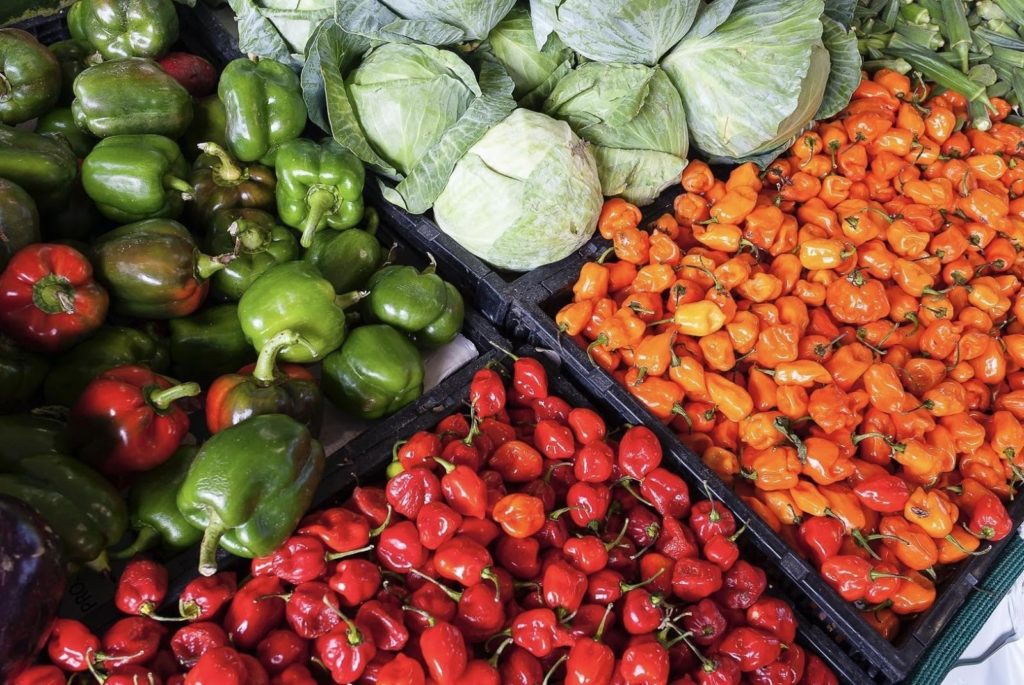
The general world population has moved away from nature and transitioned into urban or suburban zones for living, losing touch with its roots as hunters and gatherers. The disconnect means that younger generations may not have an understanding of the origin of their meals or the value of healthy, nutritious food. One of the most important gifts the diaspora can pass on to future generations is to reconnect children and young adults with their innate agrarian heritage to grasp the concept of sustainable agricultural practices.
Educating kids to re-establish foundational knowledge about the earth, and how food is grown and harvested, aids them in having a better appreciation of sustainable living and the importance of responsibly-grown food. But how can one effectively teach the next generation about sustainable agriculture? There are engaging and entertaining methods available so youth can partake in memorable, life-long lessons and experiences of why responsibly-grown food is vital to life.
Applying Connectivism to Learning
Connectivism is a fairly new concept in the world of institutional education. According to Western Governors University, “It focuses on the idea that people learn and grow when they form connections.” The concept could be successfully applied to teaching kids the value of sustainable agriculture by creating a connection between the salad on a youngster’s plate and where the ingredients came from.
Parents and educators can teach kids about where the food they take for granted comes from, as well as its original form before it’s processed, in a pragmatic way — by creating an edible garden. The garden can be as small as a window planter for herbs or a raised bed in the back yard where carrots, lettuce, and tomatoes can grow.
By stepping back and letting kids do the hands-on work of digging, weeding, and watering the plants, and providing encouragement over guidance, parents or educators impart knowledge and appreciation for agronomy. Posing challenging questions to kids that encourage them to think about the process of growing food can help develop their critical thinking skills. For example, if the carrot leaves are yellowing, a teacher could question students as to why they think the leaves are yellow — and help them research the problem and solution(s).
A University of Nebraska study has found that outdoor time could be the catalyst for future generations of environmental stewards. The more time kids spend outside connected to the earth and the food-growing process, the more appreciation they’ll likely feel for the environment, fostering a new awareness about the importance of protecting the ecosystem for the sake of the collective food supply and the living creatures that rely on it. Kids and young adults who suffer from social anxiety may particularly love horticulture and time outdoors so much it could develop into a future career more compatible with their mental health disorder.
Volunteering or Participating in Environmental Activism
As kids develop awareness about the link between the environment and agriculture, their desire to learn more about how to grow organic food is a natural progression. They start to realize how the food choices they make could affect the earth and its living components, and may additionally feel that the way livestock are treated by larger commercial growers is unacceptable and inhumane.
A young adult who is exposed to the world of farmers, livestock, and horticulture may discover a level of empathy they never realized they had. Kids are highly sensitive to injustice — adults should channel those feelings into environmental activism. Some ways to involve youth in environmentally-related causes include:
- Volunteering at animal charities, such as the American Society for the Prevention of Cruelty to Animals (ASPCA)
- Volunteering at community-based farms
- Fundraising with classmates for environmental causes by holding bake sales or car washes
- Marching with family during Earth Day events or other environmental protests
- Boycotting companies that go against environmental responsibility
Learning to Eat Better
Once a young person makes the association between farming and the foods they eat, it’s critical for adults to encourage them to educate themselves about its quality. They may begin to recognize how processed or mass-produced food is harmful to their health, the dichotomy of agriculture, and how one form of food production may be more harmful to the environment. The growing awareness often leads to more conscious, wholesome choices about what they choose to consume.
Parents may need to make changes to the whole family’s diet to support a child’s new awareness. It may sound like it would require a lot of work, but the outcome is healthier eating for the family. Some ways one can consciously eat better to support a child’s’ new preferences include:
- Shopping together as a family at the local farmers market
- Limiting processed foods at home
- Cooking more healthful meals together
- Providing plenty of healthy, nutritious snacks such as fruits, vegetables, and nuts
- Providing literature that expands and supports the lifestyle changes
The Lasting Benefits
Exposing younger generations to sustainable farming practices and the process of farm to table has the potential to create a meaningful impact on children’s lives. As they reconnect with the earth and the origins of where the food they eat comes from, they develop a lifelong love and appreciation for wholesome food, wildlife, and the environment. Initiating kids early with small skill sets, such as growing a bed of carrots, could help them develop into lifelong environmental stewards committed to protecting the earth.


